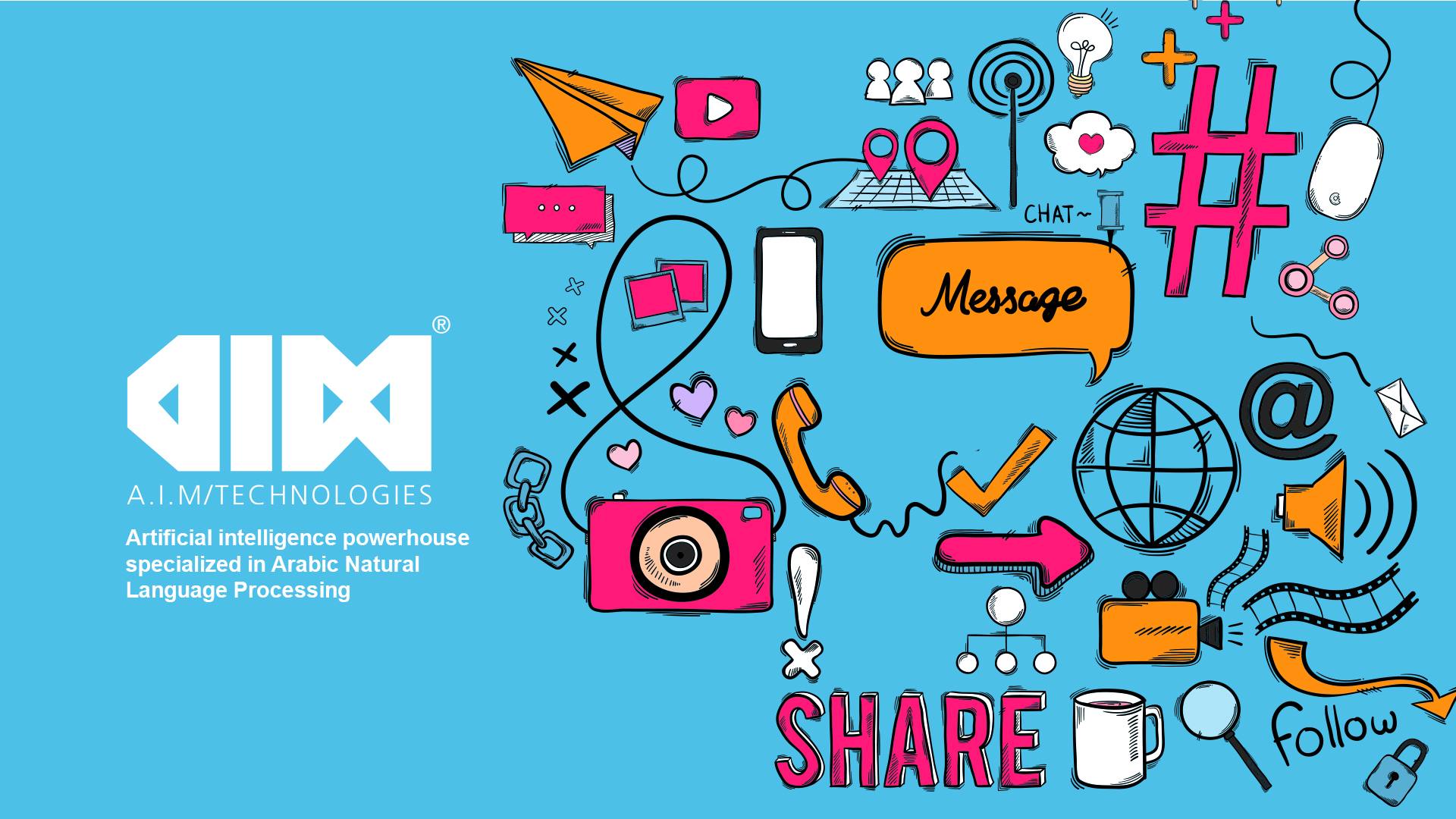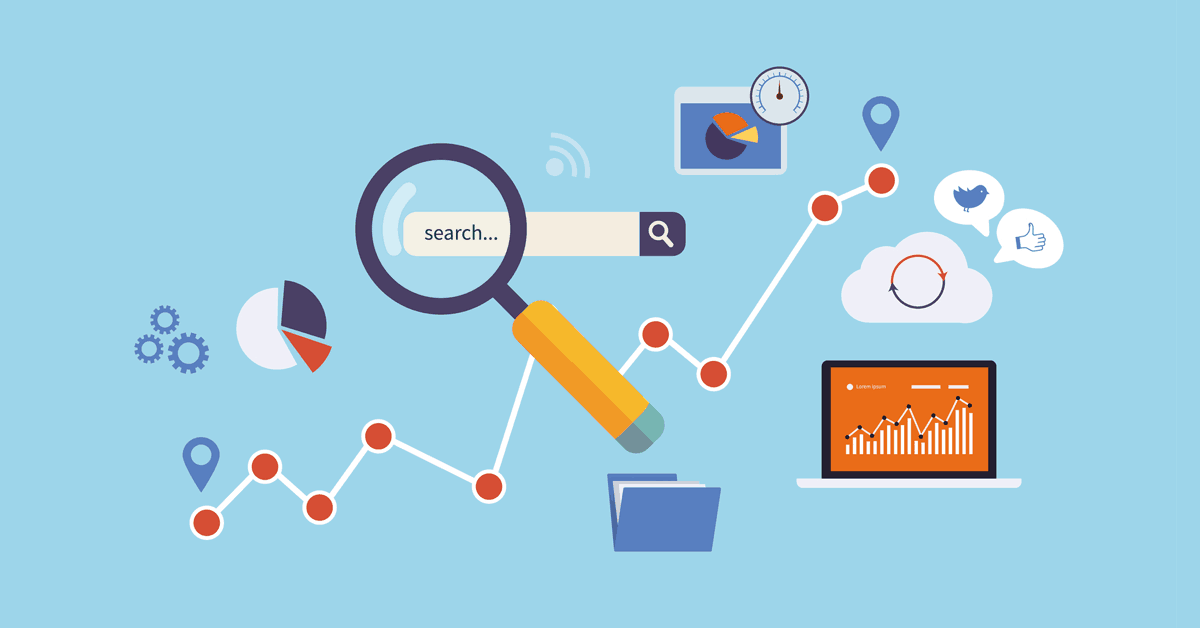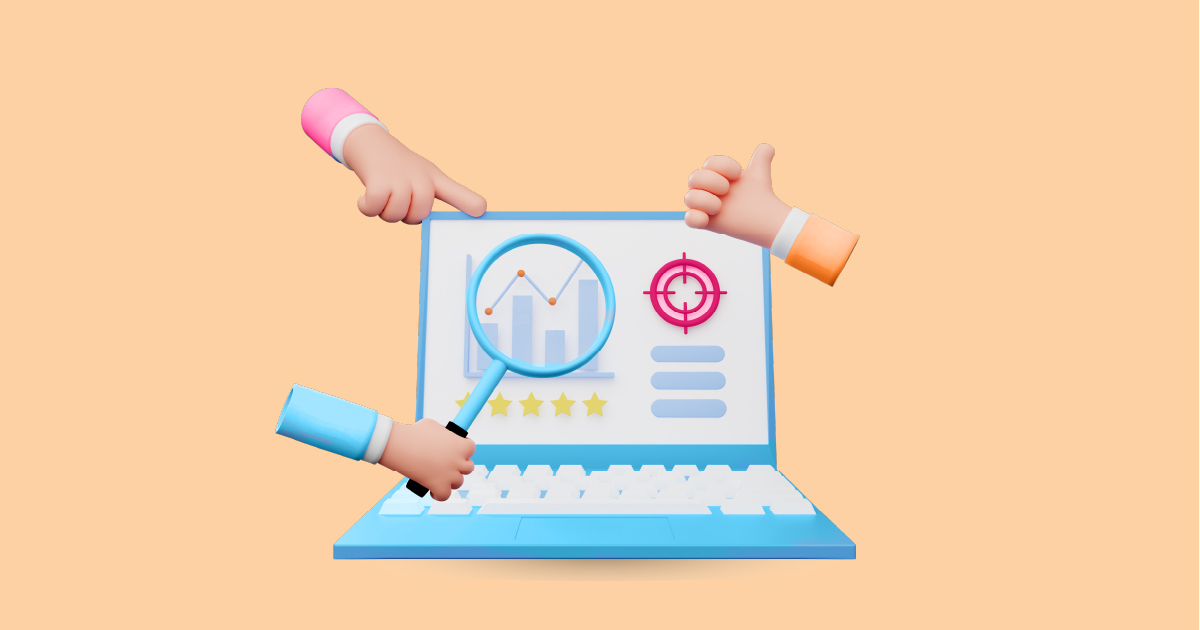Social media has transformed the way people communicate and interact with each other, making it a goldmine of valuable data for businesses. Social media analytics, also known as social media listening or social media monitoring, is the practice of collecting, analyzing, and interpreting data from social media platforms to gain valuable insights. In this article, we will explore the importance of social media analytics, its benefits, different types, essential tools, key metrics to track, challenges, future trends, and conclude with frequently asked questions.
Definition of Social Media Analytics

Social media analytics refers to the process of gathering and analyzing data from social media platforms to extract meaningful insights and make informed business decisions. It involves monitoring social media conversations, tracking key metrics, and evaluating the performance of social media campaigns.
Importance of Social Media Analytics
Social media analytics provides businesses with a wealth of information about their customers, competitors, and industry trends. By leveraging this data, companies can gain a competitive edge and make data-driven decisions that align with their business goals and objectives.
Benefits of Social Media Analytics
Understanding customer behavior and preferences
- Social media analytics allows businesses to gain deep insights into their target audience’s behavior, preferences, and interests. By analyzing the content they engage with, the platforms they use, and the conversations they participate in, companies can better understand their customers’ needs and preferences.
Improving marketing strategies
- One of the key advantages of social listening analytics is its ability to help businesses optimize their marketing strategies. By tracking key metrics such as reach, engagement, and conversion rates, companies can identify which content resonates with their audience, refine their messaging, and allocate resources more effectively.
Enhancing brand reputation
- Social media analytics enables businesses to monitor their brand’s reputation in real time. By tracking customer sentiment, businesses can quickly identify and address negative feedback or complaints, ensuring that their brand maintains a positive image and reputation.
Identifying industry trends
- Social listening analytics allows businesses to stay ahead of the curve by identifying emerging industry trends. By monitoring conversations, hashtags, and influencers within their industry, companies can spot new opportunities, adapt their strategies, and position themselves as industry leaders.
Tracking competition
- Analyzing the social media activities of competitors provides businesses with valuable insights into their competitors’ strategies and performance. By understanding what works and what doesn’t for their competitors, businesses can fine-tune their own social media strategies and gain a competitive advantage.
Types of Social Media Analytics
Sentiment analysis
- Sentiment analysis involves analyzing social media conversations to determine the sentiment expressed toward a brand, product, or service. It helps businesses gauge customer satisfaction, identify areas for improvement, and address potential issues proactively.
Demographic analysis
- Demographic analysis involves examining the characteristics of the target audience based on social media data. This includes factors such as age, gender, location, and interests. By understanding the demographics of their audience, businesses can tailor their content and campaigns to resonate better with their target market.
Influencer identification
- Influencer identification is the process of identifying influential individuals or accounts within a specific industry or niche. Social listening analytics tools can help businesses identify these influencers and collaborate with them to amplify their brand reach and credibility.
Content performance analysis
- Content performance analysis involves evaluating the effectiveness of the content shared on social media platforms. It includes metrics such as impressions, clicks, likes, comments, and shares. By analyzing content performance, businesses can optimize their content strategy and create more engaging and shareable content.
Social media listening
- Social listening involves monitoring and analyzing social media conversations, mentions, and hashtags related to a brand, product, or industry. This helps businesses gain a comprehensive understanding of customer sentiment, industry trends, and emerging issues.
AIM Insights for Social Media Analytics

AIM Insights is an advanced social media listening and analytics tool. It provides businesses with real-time data and insights, sentiment analysis, competitor analysis, and industry trend monitoring, helping them make data-driven decisions.
Key Metrics to Track
Reach and engagement
- Reach measures the number of people who have seen a social media post or campaign. Engagement metrics include likes, comments, shares, and clicks. Tracking these metrics helps businesses understand the effectiveness of their content and campaigns in reaching and engaging their target audience.
Conversion rates
- Conversion rates measure the percentage of social media users who take a desired action, such as making a purchase, signing up for a newsletter, or downloading a resource. By tracking conversion rates, businesses can assess the impact of their social media efforts on their overall business goals.
Customer sentiment
- Customer sentiment refers to the feelings and opinions expressed by customers about a brand, product, or service. Tracking customer sentiment helps businesses gauge customer satisfaction, identify areas for improvement, and address issues promptly.
Click-through rates
- Click-through rates (CTR) measure the percentage of people who click on a link or call to action within a social media post. Tracking CTR helps businesses evaluate the effectiveness of their call-to-action and optimize their content to drive more traffic and conversions.
Share of voice
- Share of voice measures the percentage of online conversations and mentions a brand receives compared to its competitors within a specific industry or market. By tracking the share of voice, businesses can assess their brand’s visibility and market presence relative to their competitors.
Challenges and Limitations
While social media analytics offers valuable insights, it also presents some challenges and limitations.
Data privacy concerns
- The collection and analysis of social media data raise privacy concerns. It’s important for businesses to comply with data protection regulations and ensure the responsible handling of user data.
Difficulty in measuring qualitative data
- Social listening analytics primarily focuses on quantitative data, such as the number of likes, shares, and comments. Measuring qualitative data, such as sentiment and brand perception, can be more challenging but is equally important for a comprehensive understanding of audience perception.
Limited access to real-time data
- Accessing real-time data can be a challenge, especially for businesses that rely on manual data collection and analysis. Real-time monitoring tools and automation can help overcome this limitation.
Overwhelming amount of data
- The vast amount of data available from social media can be overwhelming. Businesses need to identify the most relevant data points and focus on actionable insights to avoid getting lost in the sea of information.
Keeping up with algorithm changes
- Social media platforms frequently update their algorithms, impacting how content is displayed and engagement is measured. Staying informed about these changes and adapting strategies accordingly is essential for accurate analytics.
Case Studies with Record-Breaking Results
Case Study 1: Nike’s #Breaking2 Campaign
Nike’s ambitious project to break the 2-hour marathon barrier, titled #Breaking2, utilized social media analytics to its fullest potential. By monitoring conversations, hashtags, and influencer engagement, Nike strategically amplified its message across platforms like Twitter, Instagram, and Facebook. The campaign not only garnered 5.2 million live views during the event but also sparked over 84,000 tweets, generating a 10% increase in brand engagement globally. Nike’s success shows how data-driven insights can elevate a campaign into a cultural moment.
Case Study 2: Coca-Cola’s “Share a Coke” Campaign
Coca-Cola’s personalization-focused “Share a Coke” campaign relied heavily on social media analytics to track customer sentiment and behavior. By analyzing hashtags like #ShareACoke and monitoring user-generated content, Coca-Cola observed a 2% increase in U.S. sales and a 7% boost in brand mentions during the campaign. The real-time insights allowed Coca-Cola to adjust its strategy, enhancing customer interactions and amplifying positive sentiment.
Case Study 3: Spotify Wrapped
Spotify’s Wrapped feature has become an annual social media phenomenon, driven by deep insights into user behavior. By tracking listening habits and encouraging users to share their personalized Wrapped summaries, Spotify leveraged analytics to increase engagement. In 2022 alone, the campaign resulted in 60 million shares across platforms, including tweets from influencers and celebrities, solidifying Spotify’s dominance in the streaming industry.
Influencer Quotes and Tweets
Influencers have been vocal about the power of social media analytics. Here are some highlights:
- Neil Patel (@neilpatel):
“Data is the new oil, and social media analytics is your drilling rig. Understand your audience better, and you’ll never struggle to grow your brand.”
(Tweet, 1.2K retweets, 3.4K likes) - Kim Garst (@kimgarst):
“Social media isn’t just about posting – it’s about LISTENING. The insights you gather from analytics can shape not only your content but your entire strategy.”
(Tweet, 800 retweets, 1.6K likes) - Rand Fishkin (@randfish):
“Knowing where your audience spends time online and what resonates with them makes all the difference. Social media analytics tools are an absolute must for marketers.”
(LinkedIn post, 2.3K likes, 500 comments) - Gary Vaynerchuk (@garyvee):
“You can’t guess your way into success on social. Use the data. The data tells you what your audience loves, hates, and wants more of.”
(Instagram post, 110K likes, 2.1K comments)
Future Trends in Social Media Analytics

Integration with artificial intelligence
- The integration of artificial intelligence (AI) in social media analytics is expected to revolutionize the field. AI-powered algorithms can process and analyze large volumes of social media data more efficiently, providing more accurate insights and predictions.
Advanced sentiment analysis techniques
- Advancements in sentiment analysis techniques will enable businesses to understand the nuances of customer sentiment better. Natural language processing and machine learning algorithms will help identify sarcasm, irony, and emotional nuances in social media conversations.
Predictive Analytics for social media
- Predictive analytics will play a significant role in social media analytics, allowing businesses to anticipate customer behavior, trends, and potential outcomes. By leveraging historical data and AI algorithms, businesses can make proactive decisions and stay ahead of the competition.
Enhanced data visualization
- Data visualization tools will continue to evolve, making it easier for businesses to interpret and present complex social media data in a visually engaging manner. Interactive dashboards and visual representations will enable more intuitive analysis and communication of insights.
Real-time monitoring and reporting
- Real-time monitoring and reporting capabilities will become increasingly important. Businesses will rely on tools that provide up-to-date information and instant notifications, enabling them to respond quickly to emerging trends, crises, or opportunities.
Conclusion
In conclusion, social media analytics is a valuable tool for businesses to unlock insights and drive success in the digital age. By harnessing the power of social media data, businesses can gain a deeper understanding of their customers, improve their marketing strategies, enhance brand reputation, and stay ahead of industry trends. With the right tools, metrics, and best practices, businesses can make data-driven decisions that lead to tangible results.
If you’re ready to take your social media analytics to the next level, we invite you to request a demo from AIM Technologies. Our cutting-edge analytics platform is designed to help businesses extract meaningful insights from social media data and optimize their strategies. Don’t miss out on the opportunity to unlock the full potential of social media analytics.
FAQs
How can social media analytics benefit small businesses?
- Social media analytics can benefit small businesses by providing valuable insights into their target audience, helping optimize marketing strategies, enhancing brand reputation, and identifying industry trends. It allows small businesses to make data-driven decisions and compete effectively in the digital landscape.
Are there free social media analytics tools available?
- Yes, several free social listening analytics tools are available, such as Google Analytics, Facebook Insights, and Twitter Analytics. These tools offer basic analytics features that can help businesses get started with social media analytics.
How often should social media analytics be performed?
- Social listening analytics should be performed regularly to track performance, measure progress, and identify trends. The frequency may vary depending on the business’s social media activity and goals, but it is generally recommended to conduct analytics on a weekly or monthly basis.




